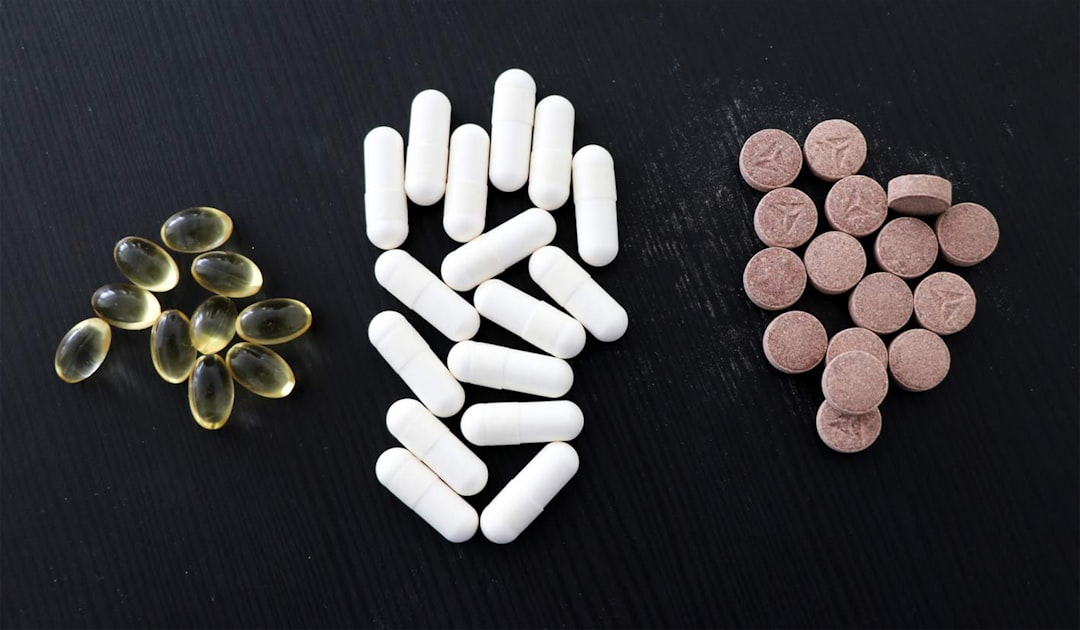What is it about?
Living cells on a substrate with mechanical inhomogeneities often migrate along or against the mechanical gradient, i.e., mechanotaxis, which inspires us to ask how biomimetic cells without biochemical signaling processes respond to environmental inhomogeneity. Here, we perform computer simulations to study the migration of a 2D active colloidal cell (ACC) in a heterogeneous environment. We find that the ACC can migrate unidirectionally across the interface separating the heterogeneous region and behave tactically. Interestingly, the tactic motion of the ACC is qualitatively different from that of the constituent active particles themselves. The tactic behavior of the ACC can be explained by analyzing the pressure distribution on the cell membrane exerted by the enclosed active particles.
Featured Image

Photo by Hal Gatewood on Unsplash
Why is it important?
The findings provide insights into understanding the taxis of biological cells and designing biomimetic cells with environment-sensitive capabilities.
Perspectives
We will do a follow-up experiment to verify some interesting results in this paper.
Ning Zheng
Beijing Institute of Technology
Read the Original
This page is a summary of: Migration of an active colloidal cell in inhomogeneous environments, The Journal of Chemical Physics, April 2022, American Institute of Physics,
DOI: 10.1063/5.0084490.
You can read the full text:
Contributors
The following have contributed to this page










